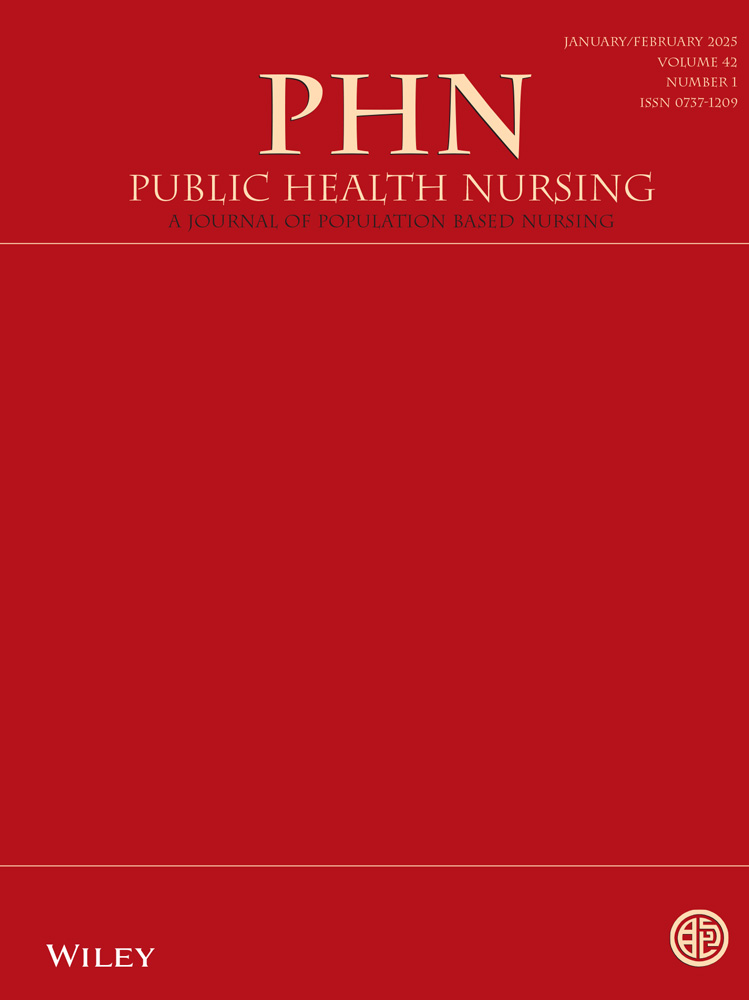Improving Clinical Preparedness: Community Health Nurses and Early Hypoglycemia Prediction in Type 2 Diabetes Using Hybrid Machine Learning Techniques
Funding: This project was self-funded.
ABSTRACT
Objectives
The aim of the study was to analyze the data of diabetic patients regarding warning signs of hypoglycemia to predict it at an early stage using various novel machine learning (ML) algorithms. Individual interviews with diabetic patients were conducted over 6 months to acquire information regarding their experience with hypoglycemic episodes.
Design
This information included warning signs of hypoglycemia, such as incoherent speech, exhaustion, weakness, and other clinically relevant cases of low blood sugar. Researchers used supervised, unsupervised, and hybrid techniques. In supervised techniques, researchers applied regression, while in hybrid classification ML techniques were used. In a 5-fold cross-validation approach, the prediction performance of seven models was examined using the area under the receiver operating characteristic curve (AUROC). We analyzed the data of 290 diabetic patients with low blood sugar episodes.
Results
Our investigation discovered that gradient boosting and neural networks performed better in regression, with accuracies of 0.416 and 0.417, respectively. In classification models, gradient boosting, AdaBoost, and random forest performed better overall, with AUC scores of 0.821, 0.814, and 0.821, individually. Precision values were 0.779, 0.775, and 0.776 for gradient boosting, AdaBoost, and random forest, respectively.
Conclusion
AdaBoost and Gradient Boosting models, in particular, outperformed all others in predicting the probability of clinically severe hypoglycemia. These techniques enable community health nurses to predict hypoglycemia at an early stage and provide the necessary therapies to patients to prevent complications resulting from hypoglycemia.
Conflicts of Interest
The authors declare no conflicts of interest.
Open Research
Data Availability Statement
Real-time data were collected from Type 2 diabetes patients who had experienced one or two episodes of hypoglycemia.




